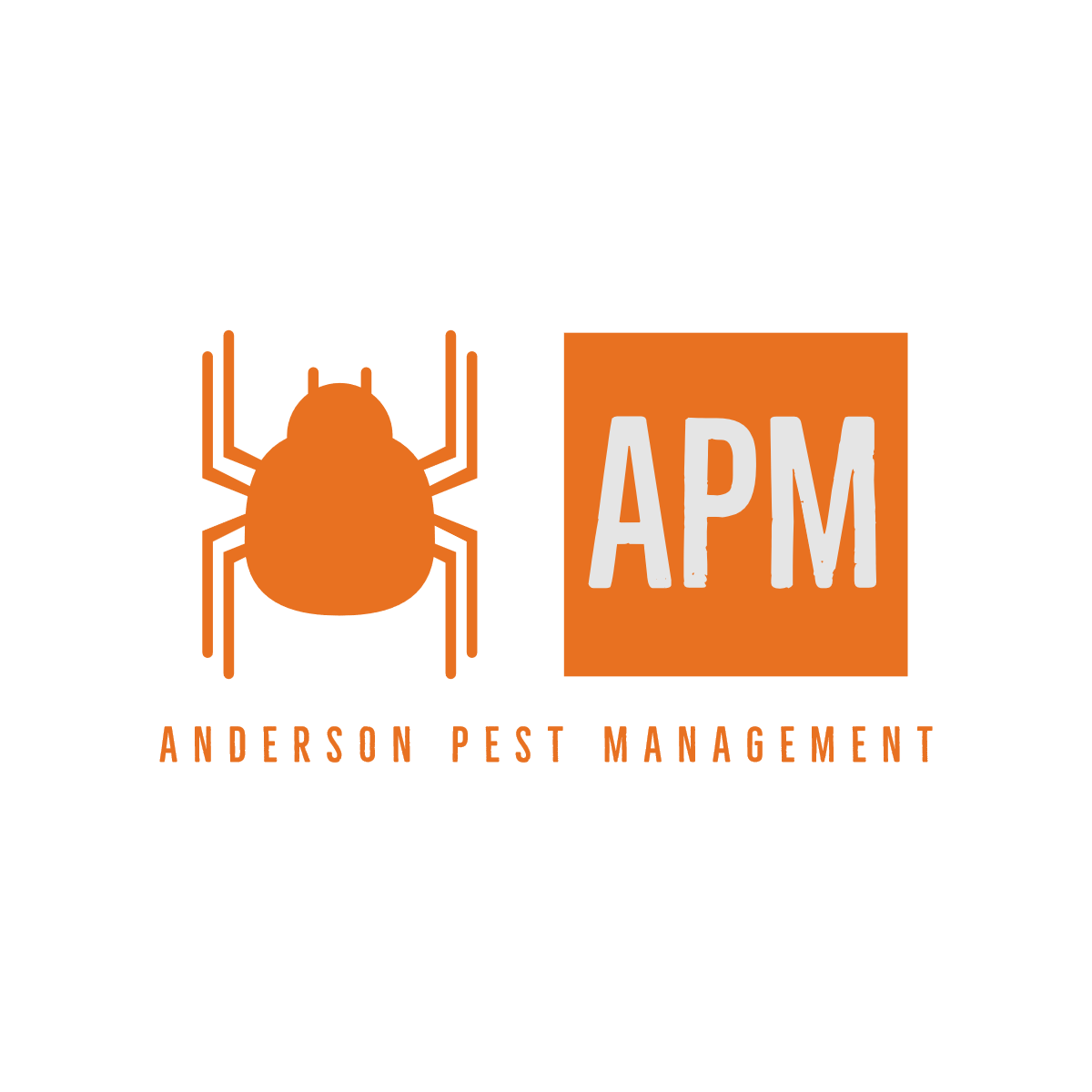Let’s Talk About Rats In The Treasure Valley
Hi everyone,
I’ve been getting a lot of questions lately about the rise in rat activity around the valley, so I wanted to take a moment to address your concerns. It’s true—we’re seeing more Norway rats in the area, and I have personally had to deal with rats in Eagle, Garden City, and West Boise. While this might sound unsettling, I want to reassure you that we can handle this together. Rats can be prevented, and if they’ve already made themselves at home, we can eliminate them too.
Why Are Rats Showing Up Now?
There are a few reasons why rats have become more noticeable in our area over the last few years:
Population Growth: As our valley grows, more rats have been brought in and are finding new sources of food, water, and shelter.
Mild Winters: Cold winters tend to slow reproduction. With the mild winters we've had the last several years, rodents have been breeding at high rates throughout the year.
Increased Awareness: With recent news stories about rat activity, more people are noticing and reporting them.
This is a Norway Rat that I trapped in Eagle, Idaho under a mobile home. I ended up catching 15 rats at this job.
What to Watch For
Rats are sneaky and mostly active at night, but there are some telltale signs that you might have an issue:
Droppings near food or in hidden areas. These droppings will be bigger than a mouse.
Gnaw marks on wood, wires, or other materials.
Noises like scurrying or scratching in walls, attics, or crawl spaces.
Burrows outside near your foundation or other structures.
One important thing to note is that, unlike mice, rats need a water source. While mice can often get enough hydration from the food they eat, rats require a separate source of water. This means many infestations can be traced back to accessible water, such as leaky faucets, pet water bowls, or standing water outdoors.
Here’s How I Can Help
Rats are clever, but they’re no match for a solid plan. Here’s what I recommend when dealing with them:
1. Inspection and Identification
The first step is to figure out where the rats are coming in (or could come in), where they’re hiding, and what’s attracting them. Once we know that, we can come up with a game plan.
2. Sealing Entry Points
Did you know rats can squeeze through holes as small as a quarter? It's important to find and seal these holes with good rodent-proof materials that they are less likely to chew through. This means NO SPRAY FOAM.
3. Trapping and Removal
Rats require a larger trap than mice, so if we have a problem, we'll need to make sure to use the correct traps. Also, it's not always as simple as setting a trap; several days of pre-baiting may be required before setting a trap to make sure we get the older, savvier rats. It's also important to continue trapping for a time to make sure that all rats are removed.
4. Clean-Up and Prevention
Keeping things clean and reducing attractants is key. Some simple steps include:
Storing food (for you and your pets) in sealed containers.
Clearing away clutter and debris where rats can hide, both inside and outside.
Keeping doors and garage doors closed.
Trimming back landscaping, including trees and shrubs, to eliminate hiding spots and prevent easy access to your home.
5. Ongoing Efforts
Keeping rats away is an ongoing effort. Now that we have an established population in the valley, it is a good idea to keep an eye out for any sign of trouble. It's easier to deal with them early, rather than letting things get out of control.
You’re Not Alone in This
I know the idea of rats can be unsettling, but I want you to know that we’ve got this. With a little teamwork and the right strategies, we can keep your home or business safe. I have been handling these sorts of issues for a long time, and while no two problems are the same, they can be solved.
If you think you may have rats or other rodents, feel free to reach out. We can schedule an inspection and determine what needs to be done. Additionally, if you want to try and stay ahead of the problem, I do offer rodent control programs that include exterior baiting, monitoring, inspections, and exclusions.

